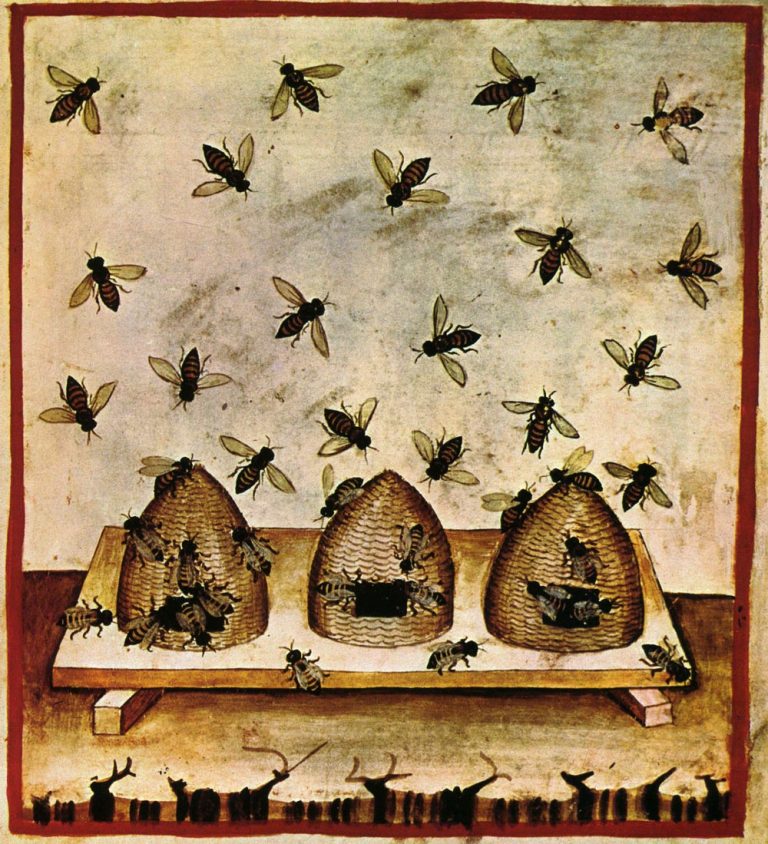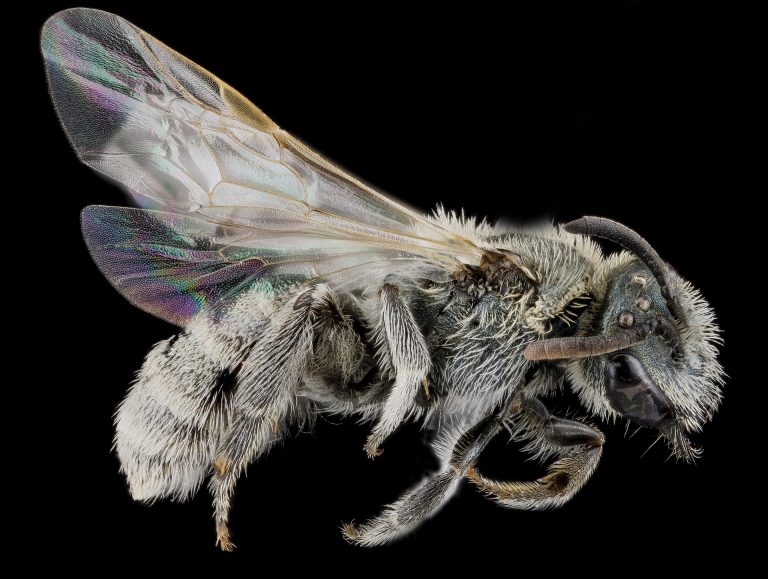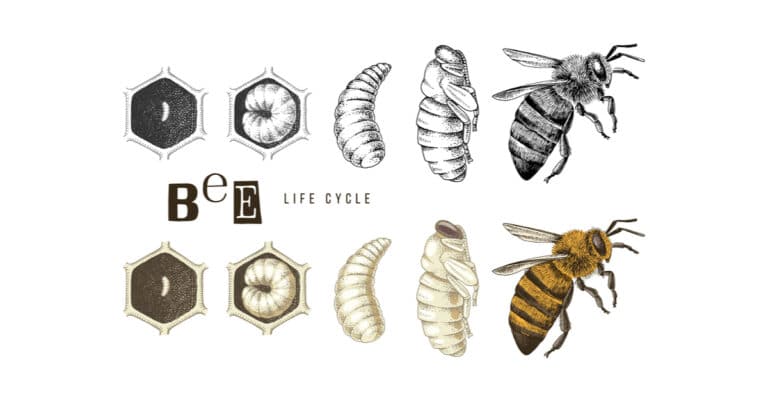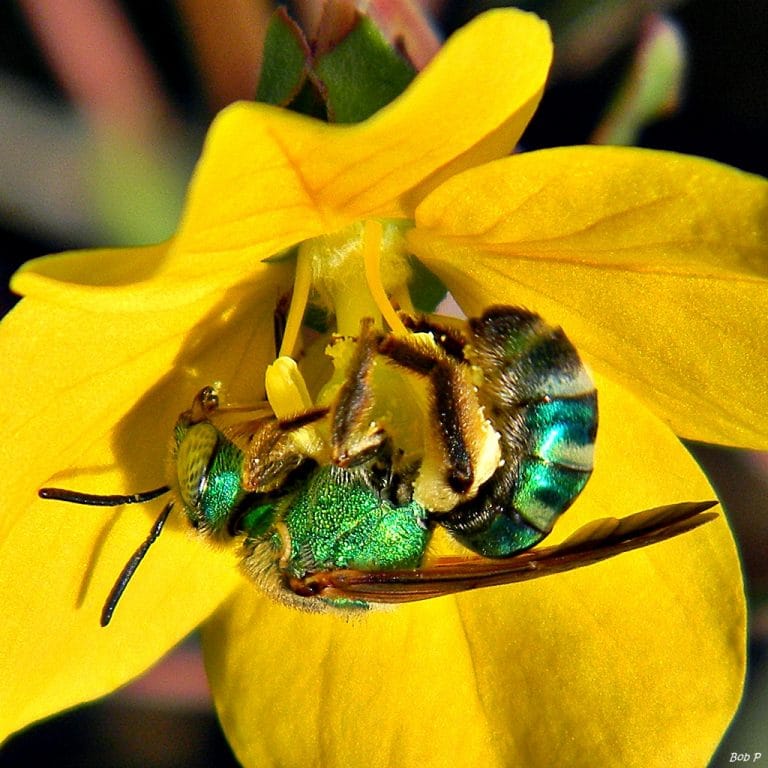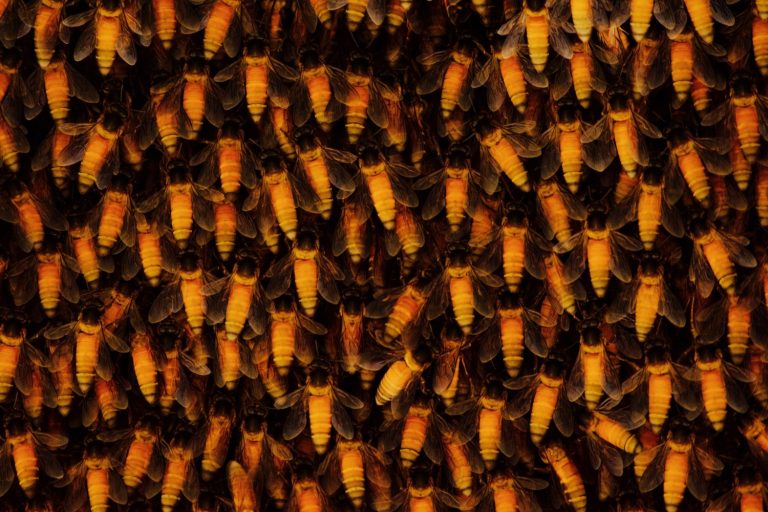Green Sweat Bees
Green sweat bees may be different than any bee you’ve seen before. What do you think of when you hear a bee? Yellow and black stripes, flowers and honey, or a yellow bear with a red t-shirt? I’m going to guess sweat and metallic green don’t come to mind. Let’s learn about the green sweat bee today.
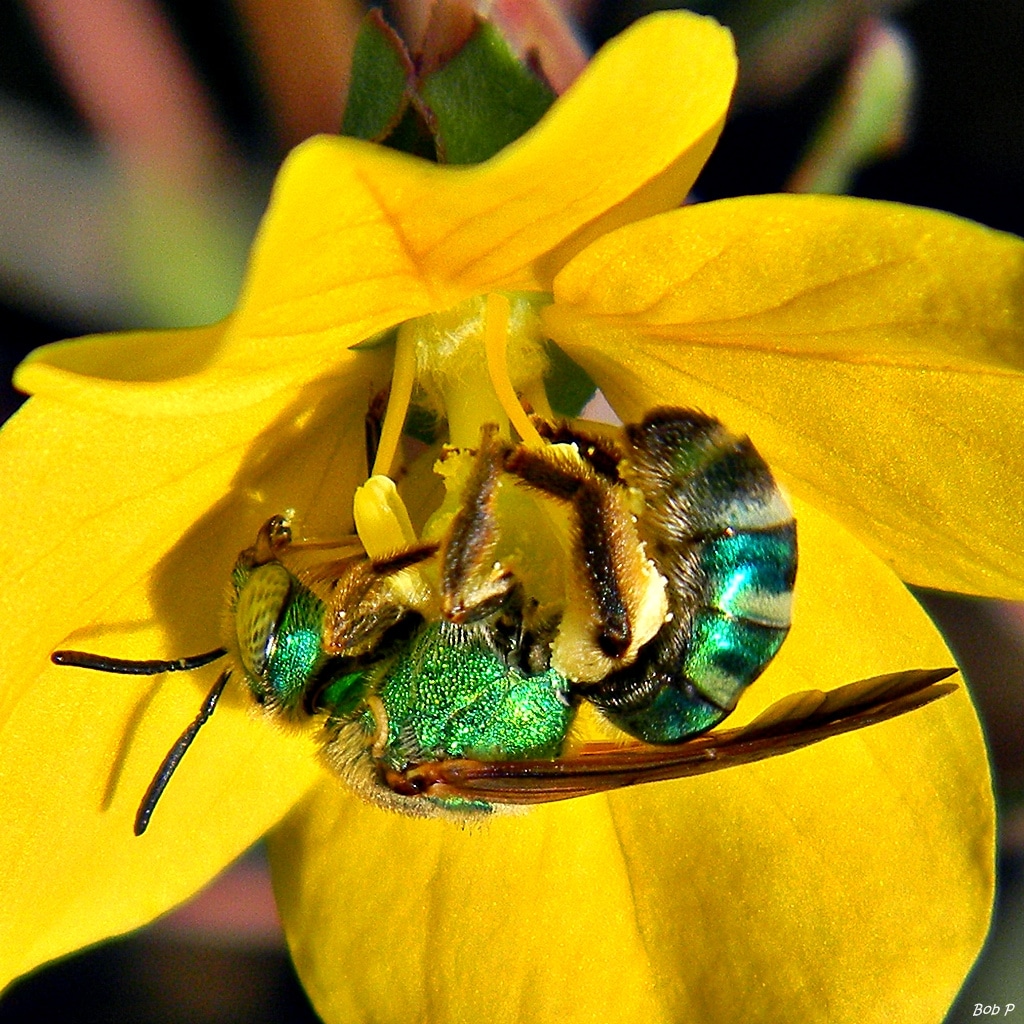
Habitat
Green sweat bees make their home in North America. They live in different parts of the U.S. and Canada, but are not found in Mexico. You will typically find that they live in the ground, but they may occupy dead wood, including fallen tree branches and tree bark. They will make their homes as a group, but the group is much smaller than other bee species.
You can find them searching for pollen and nectar in the prairies. They get their pollen from flowers that call be located in roadsides, garden, and fields. Green sweat bees are just as important in pollination for plants and crops as any other bee. Thus, it is essential we take care of the species for the health of the planet.
Identification
There are many species of sweat bees. Green sweat bees are metallic green and black, as opposed to the typically bumblebee of yellow and black. Sometimes the green on their bodies is so deep it almost looks blue. They are very small, the average is 1/2 an inch — about the length of a grain of rice. These bees have antennae and wings like other related species.
As the name says, they are attracted to sweat. You may find them on your body after a run or a hot day in the sun. What would they like sweat? Their body craves the salt and mineral in it! If you want to avoid being chased by green sweat bees, maybe you should skip the salted french fries!
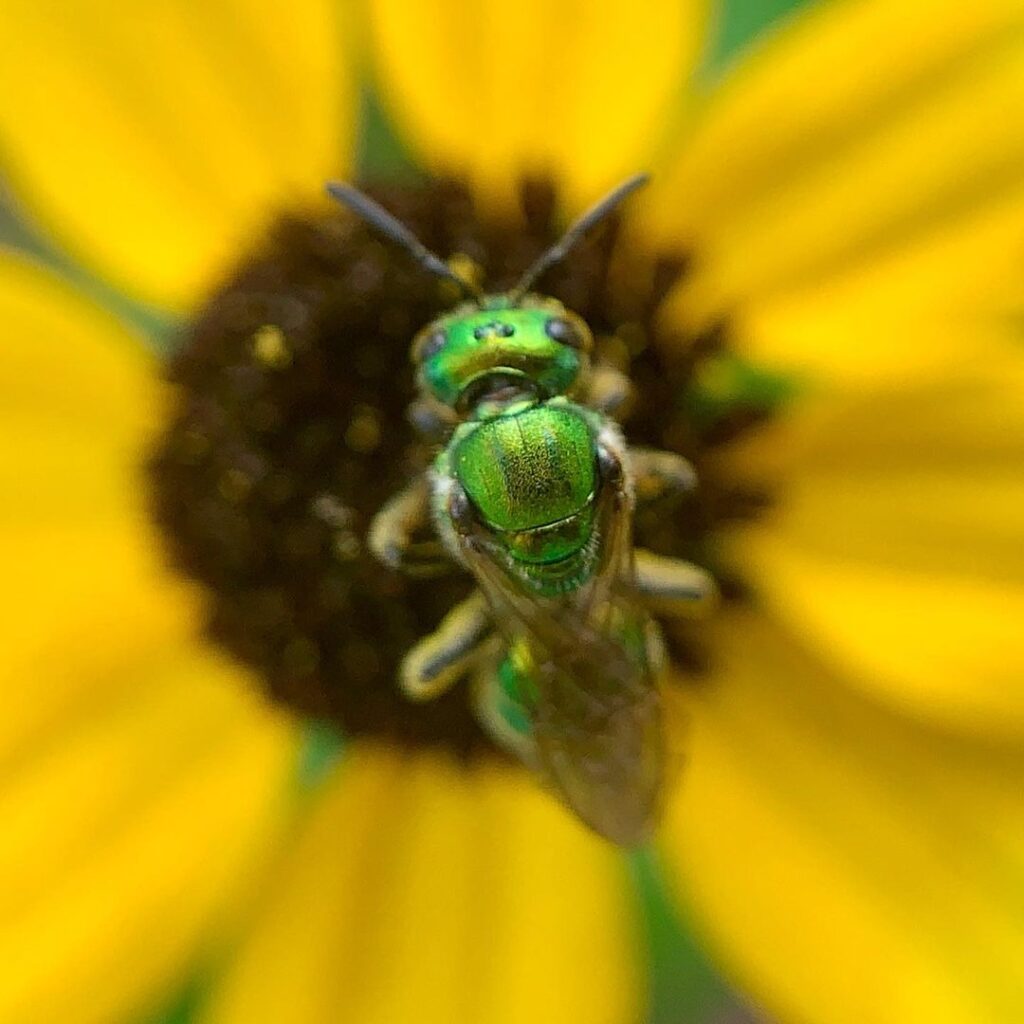
Life Cycle
The mother green sweat bee will make a nest in some dead part of a tree in the springtime. It could be in a branch, a stick, or ever bark. Mud and other material will be used to make the nest. She will use the pollen she has collected from flowers to create a glue like substance to put the nest together. She will then take more pollen, nectar, and her own saliva to make food for future offspring. How would you like your parents to make that meal for you?
After she has enough food for her child, she will an egg in her nest. She will seal the egg inside of the nest to help protect it. The eggs will hatch and turn into larva, which will grow and develop inside of the nest. The larva will then morph into a baby bee. Before emerging from the nest, young green sweat bees will go into a state called pupation. Essentially pupation is like a long nap, sort of similar to hibernation.
In the fall, they will leave the nest and find a mate. After mating, the male green sweat bees will die. The female green sweat bees will forage around to find food to fatten up for the winter. This time, for actual hibernation. The ladies will sleep during the winter and awaken in the spring when the flowers start blooming. Thus, the life cycle will repeat itself.
Did you notice something different about this life cycle than that of other bees you may be familiar with? You may have be waiting to hear about the queen or the worker bees. Green sweat bees actually do not have a queen bee! Each female has and takes care of her own offspring. In other bee species, the queen lays the eggs and the other females make the nest, protect offspring, and bring home food.
Green sweat bees may or may not live together in a community like other bees. Sometimes, each female will have her own nest, where other times she will share a nest with other mothers. When they share nests, they are kind of like human living in an apartment building. They are all responsible for their own daily lives, they are just sharing a building!
Green sweat bees and you
An important fact to know is even though the green sweat bee will be attracted to your sweat, they are not going to sting you for it! They will only sting if they feel threatened and will only do so if they feel it is their only means of protecting themselves. An interesting fact is only females will sting, but males may bite or pinch your skin.
If you do get stung, it will not be the end of the world! You will probably just feel a small pinch, and the string itself may itch for a few days. If you are allergic to pollen or other bee stings, it would be a good idea to consult your doctor.
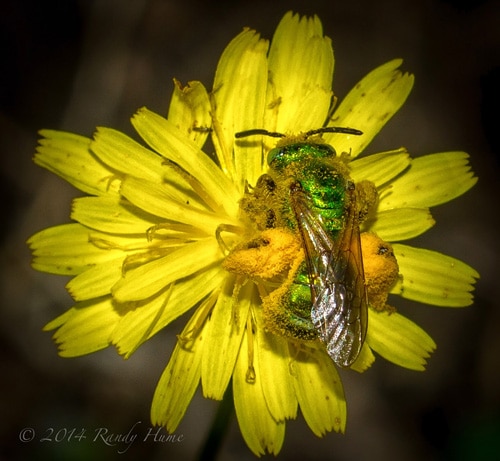
Conservation
At stated, green sweat bees are important for pollination. Pollination is what allows plants to reproduce. Without it, we would not have a food supply, and they plants would be be able to create oxygen for us. That would mean two things we need for survival, food and air to breathe, would be good.
Green sweat bees can be annoying if you have them around, but it is important that we do our best to relocate them instead of exterminating them. They were probably around the areas before humans moved in and are one of the animals whose habitat is being taken away due to city expansion.
Trapping bees would be a better alternative to killing them. Trying to kill them yourself may also scare the bees who would them attack you, and at that point you may get stung. This would be one of those, “don’t try this at home,” moments. If you would like more information about making your own trap to relocate green sweat bees, click this link.

Having discovered a fondness for insects while pursuing her degree in Biology, Randi Jones was quite bugged to know that people usually dismissed these little creatures as “creepy-crawlies”.

